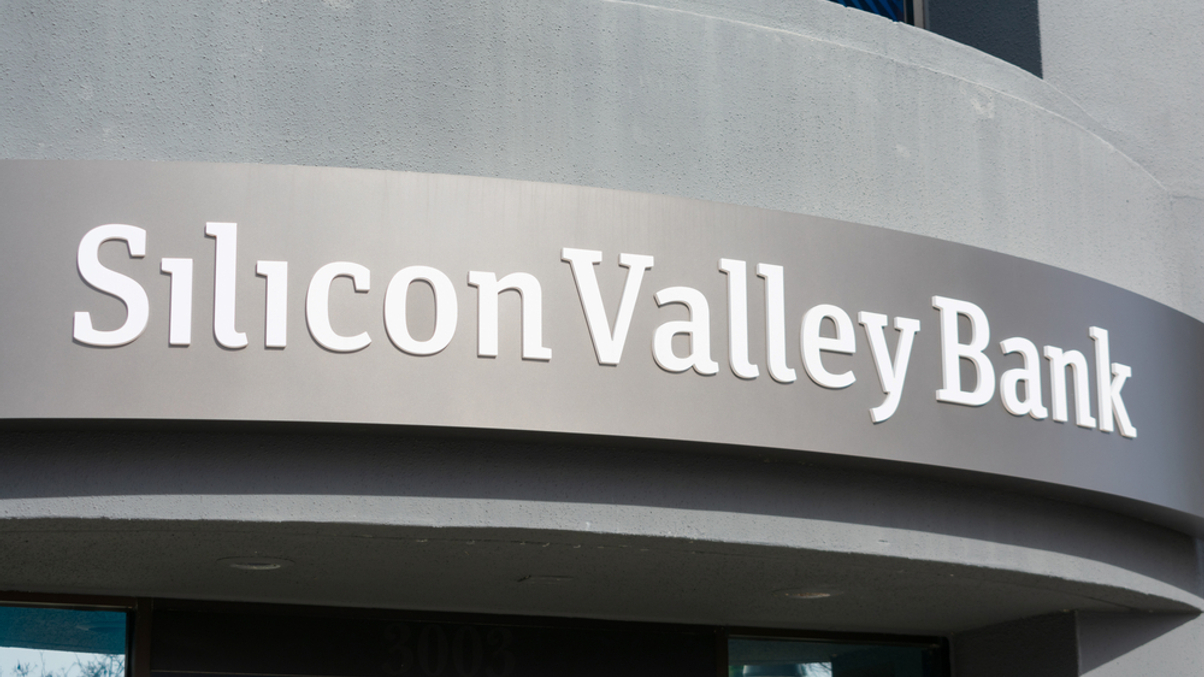Chart: Asset owner portfolios face limited fallout from SVB collapse
Some of the biggest pension funds, state-owned investors and family offices across Asia take stock of their exposure to Silicon Valley Bank after it was shut down by US regulators.

In the wake of the Silicon Valley Bank (SVB) closure last Friday, asset owners from Singapore to New Zealand have confirmed to AsianInvestor that they had limited or no direct exposure to SVB.
Sign in to read on!
Registered users get 2 free articles in 30 days.
Subscribers have full unlimited access to AsianInvestor
Not signed up? New users get 2 free articles per month, plus a 7-day unlimited free trial.
¬ Haymarket Media Limited. All rights reserved.


